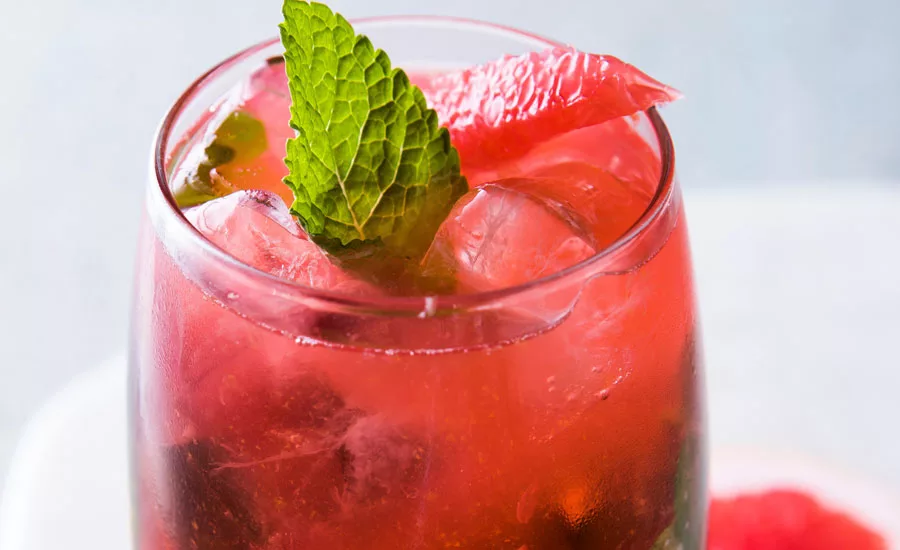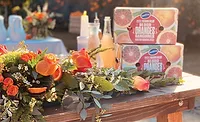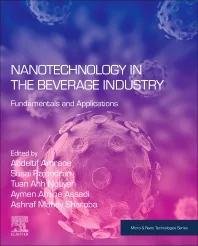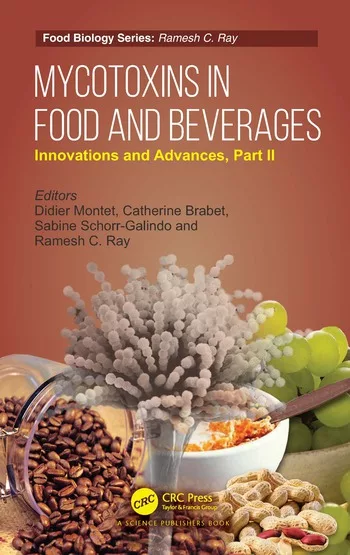Ingredient Spotlight
Citrus’ popularity in beverage continues to expand
Citrus holds strong, pairing with botanicals to expand foothold

A ripe flavor in the beverage category, citrus has a strong track record as a crowd favorite. Even with the ebb and flow of changing preferences, citrus has held steady. Mintel’s March 2020 report titled “Trending Flavors and Ingredients in Non-Alcoholic Beverages US” confirms that citrus is the top preferred flavor as consumers prioritize “fresher” fruit flavors above those with overt sweetness.
Mintel’s report also states that although conventional citrus flavors such as orange and lemon trended down from 2018 to 2019, citrus is still the No. 1 preferred flavor, especially for non-alcohol beverages.
Hélène Moeller, in global product management of human nutrition at Chicago-based Archer Daniels Midland Co. (ADM) says one influencing factor for citrus’ ongoing success is the ever-increasing demand for better-for-you, clean-label, close-to-nature flavors.
“Holistic health is at the forefront of consumers’ minds due to the global pandemic, which has turned up the dial on demand for wellness-oriented products,” she says. “Citrus flavors are often perceived positively by consumers, and can lend a good-for-you connotation to beverage applications ranging from seltzers to functional beverages, infused teas and beyond.”
In fact, ADM OutsideVoiceSM research recently found that likely because of concerns caused by the pandemic, 31 percent of consumers are purchasing more items that are tailored for health and nutrition.
“Citrus ingredients can provide a ‘health halo’ to products in which the target consumer looks for recognizable ingredients from a natural source,” she says. “Many consumers perceive citrus fruits as an immunity-booster bolstered by high levels of naturally occurring vitamin C.”
Ton Mesters, vice president of business development in beverage at Beloit, Wis.-based Kerry has seen this as well with the ingredients they produce.
“About 33 percent of all new flavored beverages globally developed in the last three years featured a citrus taste,” Mesters says. “For example, in [Kerry’s] 2019 Proactive Health research, grapefruit appeared as one of the Top 20 ingredients perceived to deliver functional benefits overall.”
ADM’s Moeller notes that along with its perceived benefits, citrus also offers bright, uplifting flavors to products for taste experience that wins over consumers and fits seamlessly with products where a natural, clean label is desired.
ADM’s Moeller also says that exotic-leaning flavor profiles are finding favor with consumers, often prompting new flavor trial and discovery.
“Interesting combinations of citrus and exotic flavors satisfy growing interest in globally inspired products that allow consumers to experiment with new flavors for a twist on the familiar,” she says. “For example, a Persian lime and pomelo seltzer lets the consumer have a novel flavor experience, but does not stray too far from the refreshing, familiar citrus baseline [consumers] enjoy.”
Sourcing challenges
Although citrus extracts offer a clean-label option to the formulators, Kerry’s Mesters says that these often lack the intensity and a lingering natural flavor, which can create formulation challenges.
“Manufacturers face water-solubility, stability and providing true-to-fruit taste, as citrus flavors are based on natural citrus oils, which are not water-soluble at all,” he says. “[Kerry’s] process efficiently removes most of the hydrocarbons from citrus oils, making them water-soluble, preventing offnotes, improving shelf-life and boosting flavor stability.
The citrus community also has been battling another challenge: citrus greening. This process occurs as the result of a bacterial disease where a Candidatus Liberibacter-infected tree creates fruit that tastes immature and lacks sweetness.
“By partnering with farmers, analytical and sensory teams, we have formulated From The Named Fruit (FTNF) flavor solutions to address these sensory deficiencies,” he says.
And as emerging flavors such as sour orange or Mexican lime gain popularity, sourcing and extracting can get tricky, ADM’s Moeller says.
“Luckily, global strategic sourcing enables us to provide a comprehensive range of solutions for provenance and varietal claims,” she says. “Cutting-edge citrus extraction and distillation techniques also enable a virtually limitless scope of citrus products that meet consumers’ elevated quality expectations.”
Beyond formulation, a third challenge for citrus is its own volatility. Because of this, suppliers must remain knowledgeable about market dynamics in order to successfully navigate the space, experts note.
“Consumers demand supply chain transparency and sustainability, as well as high-quality food and beverage products, including offerings formulated with citrus ingredients,” Moeller says. “This can put pressure on beverage-makers to meet or exceed these standards which, while challenging, can have benefits for both sides in the long term.”
Moeller anticipates that in the coming years, interest in products perceived to have immunity-supporting properties, such as citrus, will grow, and brands will introduce a wider range of products with citrus components in response.
Opportunities for growth
Citrus-flavored functional beverages and sports drinks with a better-for-you positioning are a few growth avenues for citrus, Moeller says. Additionally, she anticipates that non-alcohol and hard seltzers with unique citrus flavor combinations will continue on a growth trajectory in the months ahead.
“The flavored beer market also offers new opportunities since refreshing citrus notes harmonize perfectly with malty bases,” she says. “Especially with summer flavors and essences being in full swing.”
Kerry’s Mesters also has noted this trend, expanding beyond sparkling seltzers to flavored malt beverages and flavored spirits.
“To seize the citrus opportunity, you need to be at the forefront of innovation to deliver stable, fresh citrus taste but also surprising new taste experiences,” Mesters says. “This includes delivering more robust flavor profiles, such as trendy, new-age citrus flavors like yuzu, calamansi, blood orange and bergamot.
Mesters forecasts that, in the future, exotic types of citrus, combined with botanicals, will continue to be paired in applications such as spirits, hard seltzers and sparkling waters as consumers seek combinations of the immune-boosting reputation of citrus and the better-for-you flavor profiles of botanicals.
In Mintel’s report, the market research firm notes that beverages positioned for health and functionality, such as sparkling water, certain ready-to-drink (RTD) teas, energy drinks and RTD coffee, are posting growth.
In terms of flavor evolution, Mintel stresses the importance of both disruptors and legacy brands. Although disruptors can be more nimble and adventurous flavors and functions, legacy brands can nudge mainstream consumers toward new flavors.
“Cultivating interest in unusual flavors will come from elevating consumer awareness, but the heavy lifting doesn’t necessarily fall on CPG brands,” Mintel’s report states.
As such, teaming citrus up with botanicals and other flavors in the “rising star” category further the opportunities citrus in beverage applications for both consumers with play-it-safe palates, as well as among those who are more adventurous.
Looking for a reprint of this article?
From high-res PDFs to custom plaques, order your copy today!









